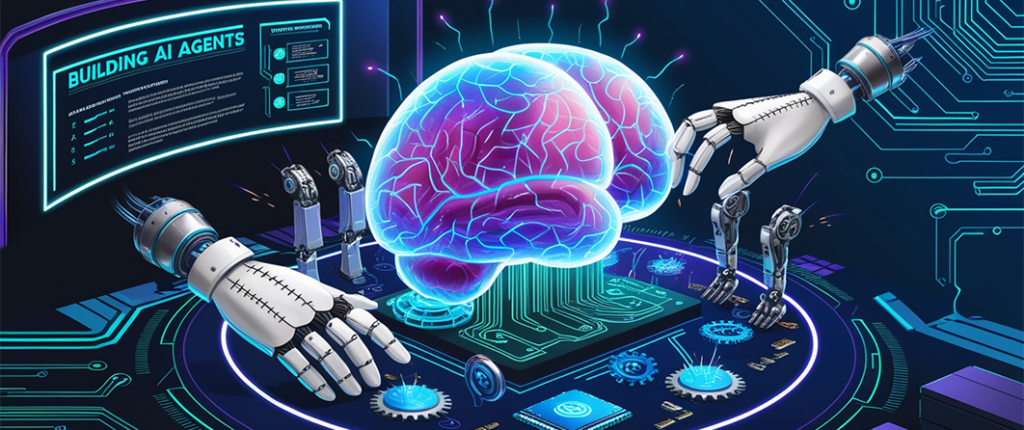2025: How Multi-Agent AI Systems Will Influence Creativity
Multi-agent AI Systems (MAS), aka. Agentic AI, or Collaborative AI Agents. This concept just started disrupting the AI industry as the next best thing and in 2025 we’ll definitely see it rise to a consumer and product level. But how do multi-agent AI systems work, and how will it influence creativity?
Understanding Multi-Agent AI Systems
You can think of each AI tool as an AI agent that solves a specific task. For example, one agent can generate an image, while another can recommend the next video to watch on Netflix. Now, imagine these agents as members of a team working together. In a team, they can tackle more complex challenges by combining their unique skills.
For instance, if a team had to create a streaming app for real-time AI-generated content. A language model could act as the leader, understanding your request and assigning tasks to other agents. One agent (like GitHub Copilot) writes the code for the app. Another agent (like Sora) generates videos based on prompts. A third agent handles recommendations, suggesting related videos to keep the user engaged. Each “agent” in the system has its own specific role, knowledge, or ability, and they communicate with one another to achieve a common goal.

Workflows
The rise of accessible AI tools in 2023 and 2024 has opened up hundreds of new creative workflows, showing that using a single model is often not enough to achieve goals or create innovative solutions. Models became faster, cheaper, and better integrated into cloud systems, making multi-agent AI accessible to smaller companies and developers. Combining multiple AI models in products or workflows has so far mainly been the domain of developers, but with the increased capabilities of language models like ChatGPT, anyone with the willpower can now orchestrate their ideal workflows or those of others through instructions alone.
This will likely shift the perspective of creatives even more toward that of a director, where the focus is on guiding and orchestrating the process rather than executing it directly. It’s like having a team at your disposal, you provide the instructions and the AI tools work together to bring your idea to life.
What this could mean for you, as a creative:
-
Faster Prototyping and Iterations
Ideas can be tested and prototyped more quickly, feedback loops will get faster, and the whole design process speeds up. This means saving time and money while making it easier to explore multiple directions before committing to one. -
Focus on Quality
By delegating repetitive or time-consuming tasks to AI agents, you can dedicate more energy to refining your work. Instead of being blocked by annoying tasks, your focus shifts to improving the creative quality of your work. Think of AI as an assistant handling the groundwork so you can level-up the overall output. -
Easier to Switch Workflows
Multi-agent systems make it simple to switch between workflows or to pick up new tools. They connect different creative domains, creating a smooth and adaptable process. With AI capable of remembering and applying previous workflows, you can skip the hassle of heavy documentation. Processes remain accessible and ready whenever you need them. -
Easier to Stick With Guidelines
Maintaining consistency in tone, style, or brand guidelines can be challenging. Multi-agent AI systems act as guardrails, helping you adhere to predefined guidelines throughout the creative process. For example, a language model could ensure that your writing remains on-brand, while a design agent ensures visual elements align with your stylebook. -
Being the Director
With multi-agent systems, you decide how much to delegate and how the workflow should operate. Whether AI takes over repetitive tasks or manages significant parts of the process, you stay in control. Your role is to guide the overall direction and ensure that everything aligns with your creative vision.
Where to get started?
Getting started with Multi-Agent AI Systems is as easier than it seems and you might already have been doing this unconsciously using some of the tools that support it. When uploading an image in chatGPT for example, a separate AI is used to analyze the image and give the information to the language models that answers your questions.
In 2025 more and more creative products will start this collaborative flow between tools they have available. Right now it’s mainly growing in automation within marketing and sales tools and within operational cloud using large prepared tools like Google, Meta, Microsoft etc. To experiment with this you can take a look at Relevance AI or Zapier.

